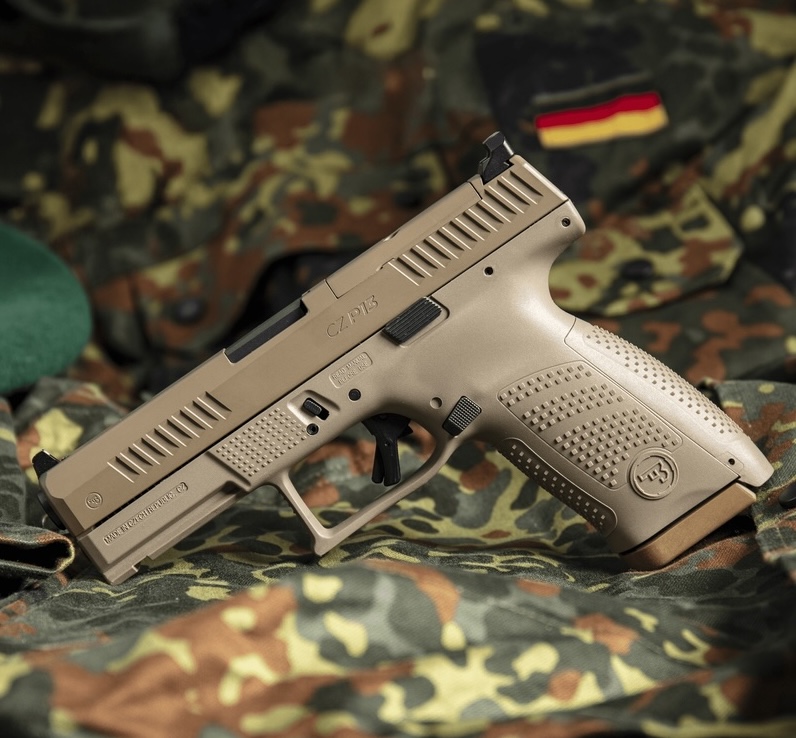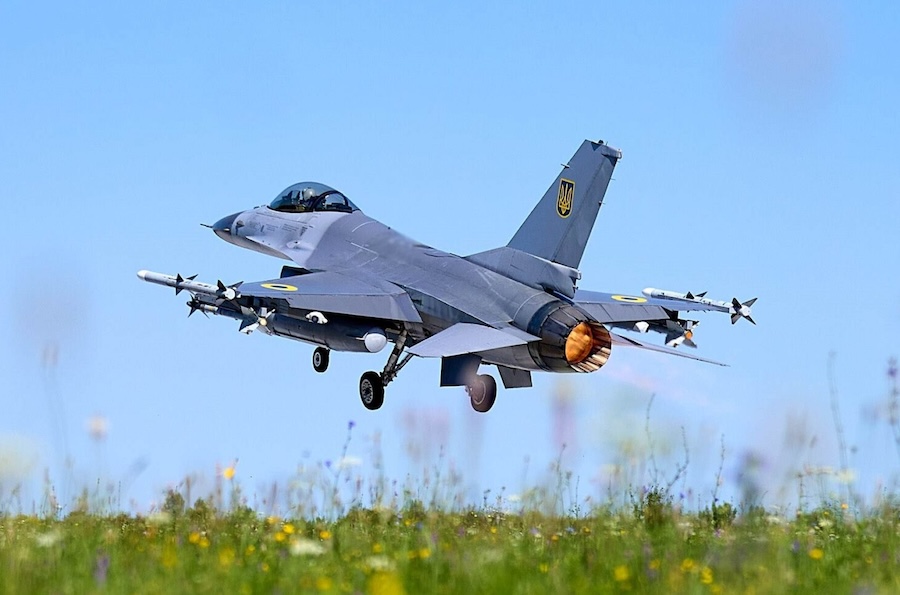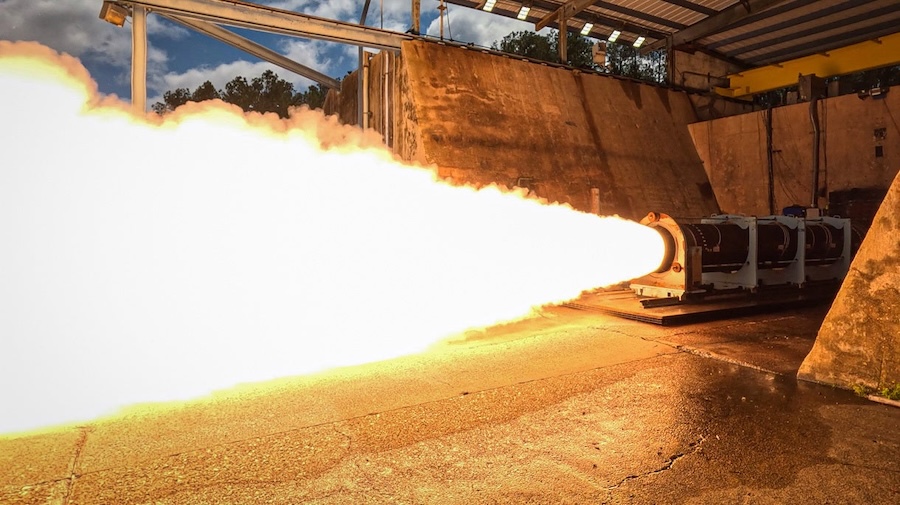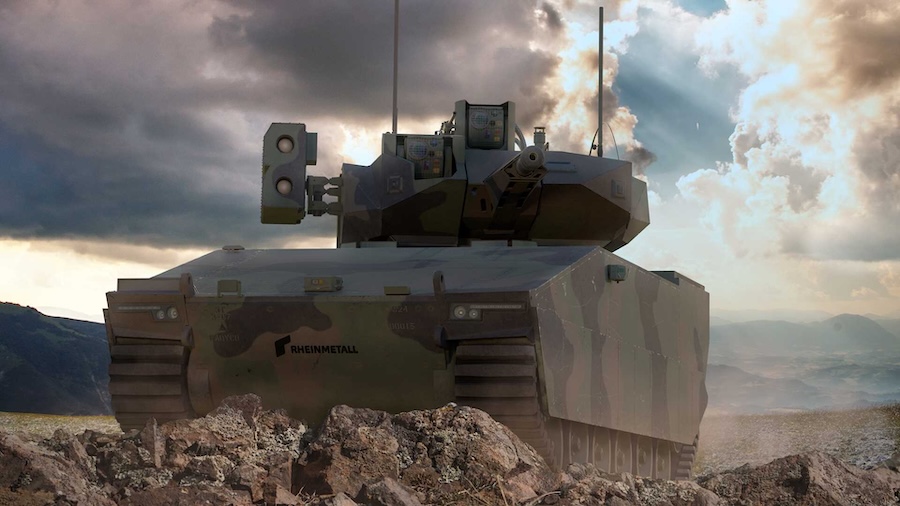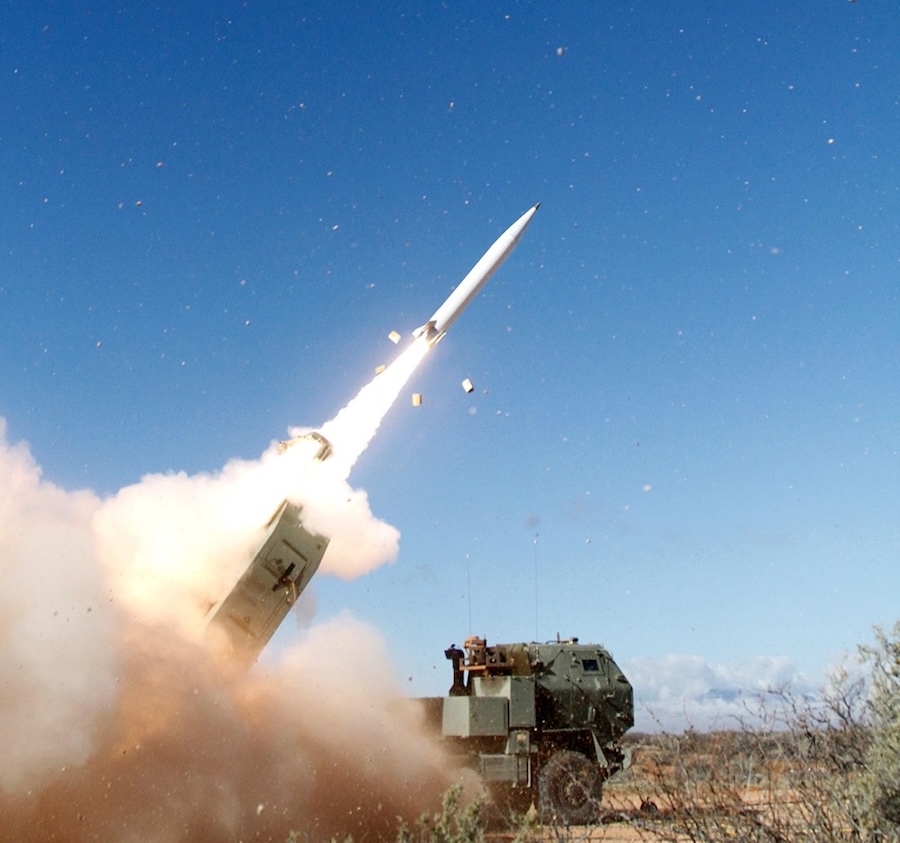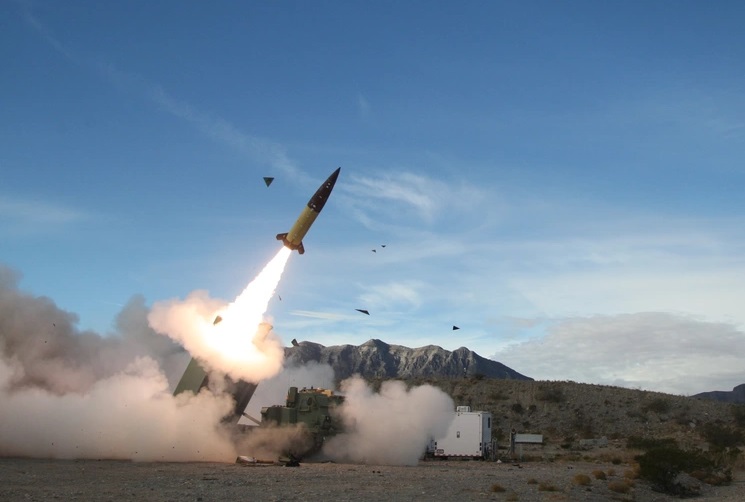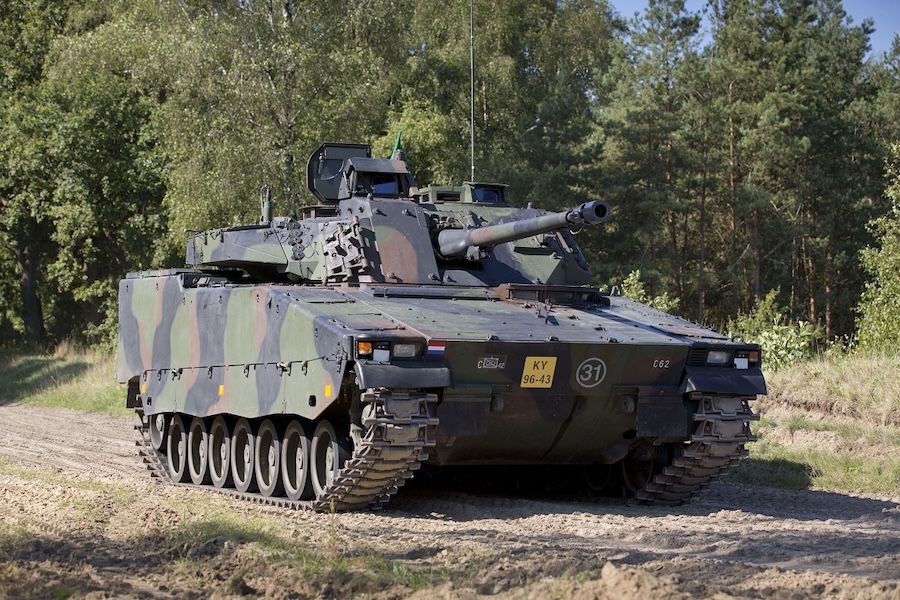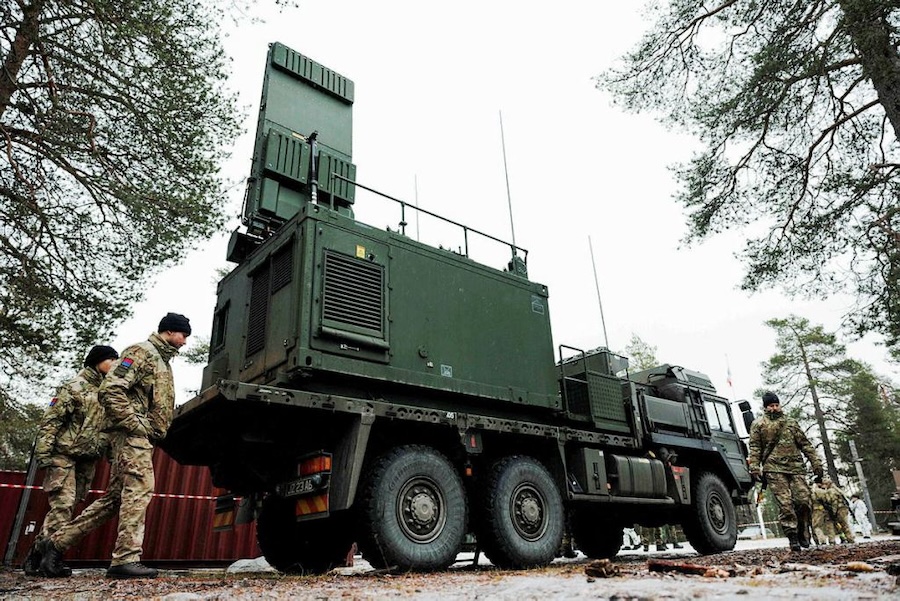The company’s Missiles and Fire Control (MFC) business recently hosted an Integrated Air and Missile Defense (IAMD) supplier summit, bringing together over 200 domestic and international suppliers. The focus was on strengthening relationships, accelerating production, and meeting the urgent need for missile systems.
“The recent integrated air and missile defense supplier summit reinforced Lockheed Martin’s commitment to delivering combat-proven missile-defense solutions faster than any adversary can field a threat,” said Tim Cahill, president of Lockheed Martin Missiles and Fire Control. “By strengthening partnerships across the industrial base, the company is building the supply chain resilience that underpins the rapid, affordable fielding of capabilities our warfighters demand. Working alongside government and supplier partners, we are confident we can meet current and accelerated production rates required by American and allied forces.”
In 2024, Lockheed Martin delivered over 23,000 missiles to the U.S. and allied forces, with PAC-3 production increasing by more than 30% and a further 20% growth expected in 2025. A $9.8 billion contract for PAC-3 MSE interceptors—the largest in MFC’s history—highlights this growth.
To support increased demand, the company recently broke ground on a new solid rocket motor facility in Camden, Arkansas, in partnership with General Dynamics. Spanning 270 acres with 16 dedicated buildings, the site is scheduled to support qualification builds by 2026.
“The supply chain is essential to delivering the IAMD capabilities our nation and allies depend on,” said Jason Reynolds, vice president, Integrated Air and Missile Defense at Lockheed Martin. “When Lockheed Martin, our customers, and every supplier are aligned, we create the agility necessary to meet rapidly evolving threats.”
Lockheed Martin is also expanding co-production efforts and local industry partnerships in Spain, Saudi Arabia, and Poland to strengthen global supply capabilities. These international initiatives support key programmes like PAC-3 MSE and THAAD while also boosting local defence industries.
With more than 13,000 suppliers, Lockheed Martin is adding dual sources, increasing domestic production, and using advanced digital tools to detect and fix supply bottlenecks. The company says these efforts are essential to stay ahead of rapidly shifting global threats and to maintain delivery of critical systems on time.
Source: Lockheed Martin.












